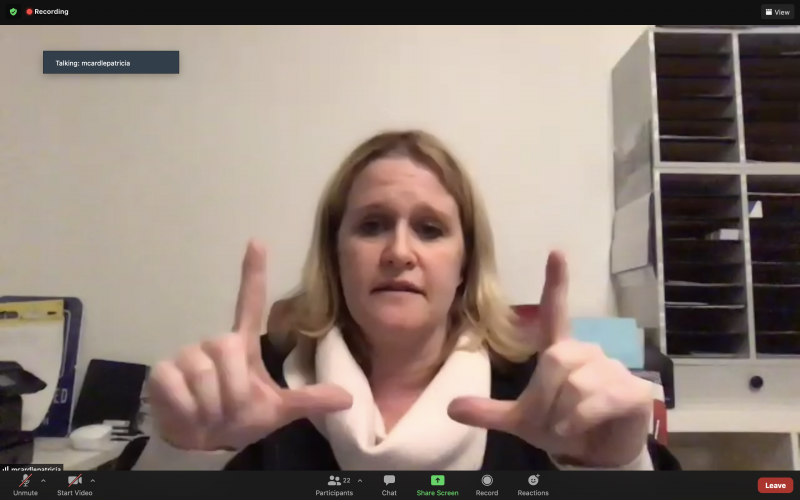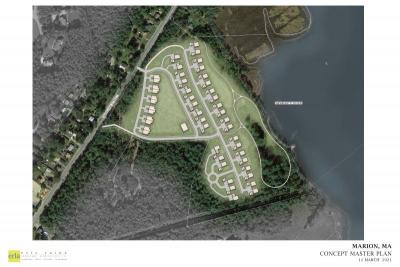More questions, few answers for Marion waterfront housing project
MARION — A 48-unit waterfront housing project proposed by developers Matthew Zuker and Armando Petruzziello hit a roadblock en route to rezoning Monday night.
The Planning Board declined to make a decision on zoning changes, to the waterfront property at 78 Wareham Road, which would allow for more dense housing development at the property. Instead, the board requested a thorough report to be presented on April 20 regarding how the development might change the financial security and character of Marion.
“We're getting a huge influx of housing that is not typical in Marion,” Town Planner Gil Hilario said, “and we really need to discuss how the zoning change is going to impact Marion in its future.”
Over the past 15 years, Marion has seen an average of 6.8 new housing units per year, according to figures compiled by Hilario. Now, with the Wareham Road development and two additional housing projects — a 28-townhouse development between Mill Street and Route 6 proposed bySherman E. Briggs and Hamblin Homes, Inc. and Heron Cove — already in the works, Marion could see up to 184 new units developed in 2022.
“That’s 1000% higher than we normally get,” Hilario said.
This concentrated growth could pose problems for school capacity, fire services and sewer systems, according to the Board.
“How much can the town absorb in such a short time, you know?” Board Member Andrew Daniel said. “It’s not the growth over 50 years, it’s the growth over 5.”
The Board also raised concerns over Marion’s long-term development and inevitable build out.
“The bottom line is we are running out of buildable lots between wetlands, the flood zones — they’re coming up — and what’s already been built out ...” Hills said. “We’d have to have a build out analysis done.”
But developer Zuker highlighted the need for rezoning in order to make the most of a “very special site.” Changing the property zoning from single-family housing to multi-family housing would allow more flexibility in the development of the space, according to Zuker, creating more units “at different pricing points and different sizes.” He added that nearly 80% of the development would be rental units, addressing an underserved niche of the Marion market.
In marketing cottages and townhouses to those over 55, the developers’ lawyer Patricia McArdle said they would help remedy the senior housing crisis reported in a Friends of the Council on Aging survey last February.
Board of Health Chair Ed Hoffer, who attended the Planning Board meeting as a member of the public but presented the survey findings last year, emphasized the need for housing that is “more suitable to older couples and particularly to older singles.”
Theresa Fitzpatrick, a local real estate agent and 22-year Marion resident, added that she has also witnessed this demand and has a large clientele looking but unable to downsize.
But with more units for empty-nesters planned for upcoming projects, it might pay to wait before rezoning another site for the same purpose, Hilario said.
“The planning board needs to grow responsibly for the town,” he said, “and we can't put the town at jeopardy of a higher financial burden.”
“We’re being asked to make a meaningful decision with about one third of the necessary information,” Board Member Christopher Collings said.
Though not completed by today’s meeting, McArdle and Zuker said they are working with RKG Associates to file a fiscal impact report to provide some of that information. It will be presented at the next Planning Board meeting on Tuesday, April 20 at 7:25 p.m.
“I’m looking forward to it,” Collings said. “I think that the town will learn something from it.”















